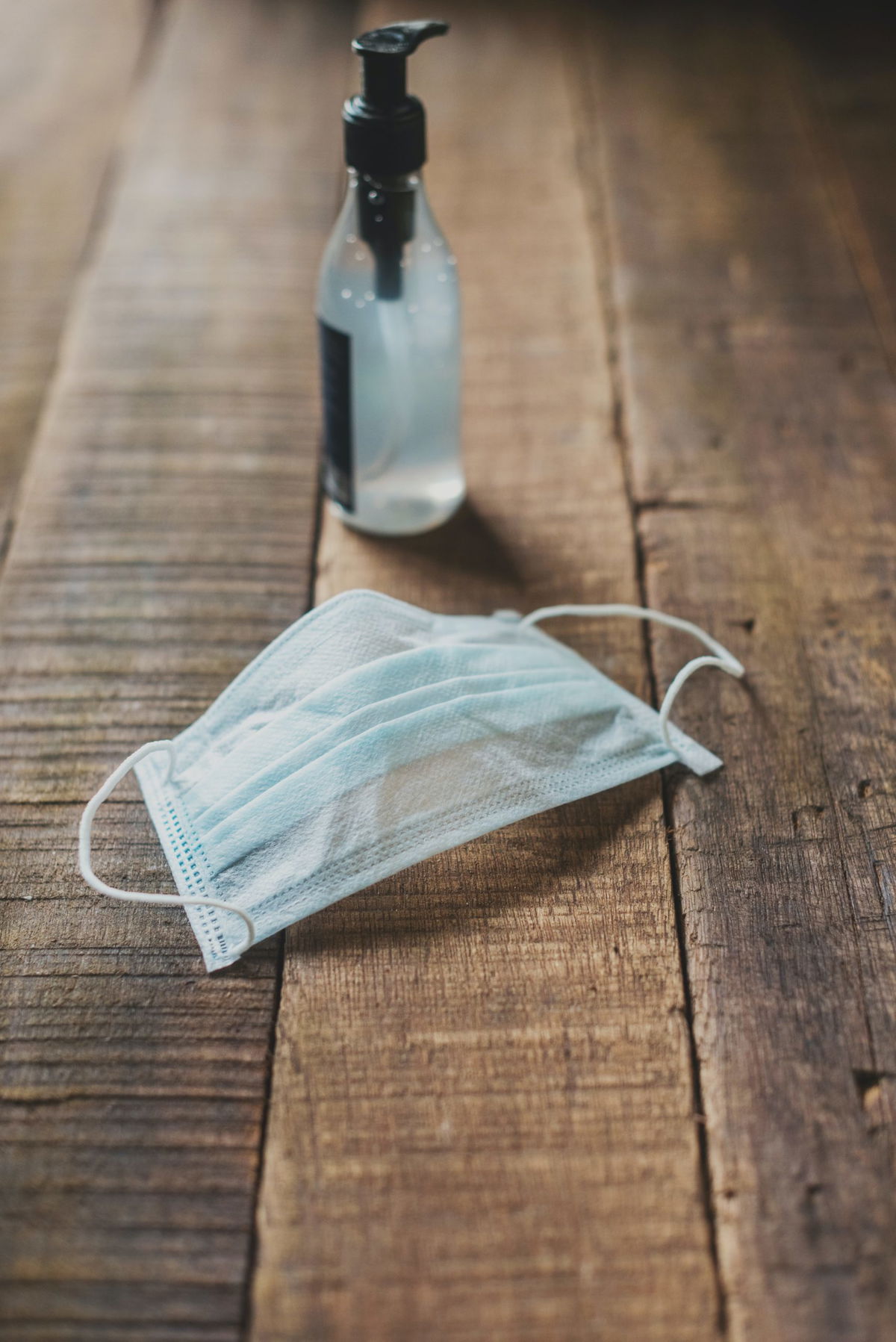Co-published by our media partner, The Dallas Weekly
The coronavirus pandemic already is taking its toll on Dallas. And COVID-19 is likely to more fiercely attack disenfranchised sections of the city.
“Historically, when you see things like this, it has a disproportionate impact on lower-income communities, under served communities,” Parkland CEO Dr. Fred Cerise said by phone Tuesday, “so we’re trying to be particularly cognizant of that. We put testing in south Dallas for that reason — to try to make testing available and to make it as easy as possible for people that are having symptoms to come on site and get tested.”

Cerise is referring to the new testing site at Ellis Davis Field House, 9191 S. Polk St. near the intersection of I-35 and I-20. That site, along with a testing site at American Airlines Center in Victory Park, were set up last weekend to expand testing to more Dallas residents experiencing even mild symptoms of the virus — fever, dry cough, difficulty breathing.
Both sites are allowed to test 250 people a day, according to federal regulations, and both reached their maximum capacity Tuesday. The sites open daily at 8 a.m.
Dallas was “initially targeting first responders and health care workers as well as people over 65,” Cerise says, but “now we have enough capacity to loosen up the criteria.”
Parkland patients have their own testing site on the Parkland Hospital campus. Patients who call their Parkland doctor or 214.590.8060 will be led through a series of questions. If patients are determined at-risk, then they are directed to Parkland’s drive-through testing center.
In the drive-through, “they’re going to take your temperature, and if you have fever, they’re going to proceed with the testing there,” Cerise says.
His belief is that the federal response to COVID-19 “has been to try to take away barriers so testing can be done without cost to individuals, to try to do things that won’t discourage people from getting care.”
“They’re going to reimburse for a lot of this care, not only through Parkland but through other providers, to try to take away any real or perceived barriers for people to access care,” Cerise says.
For most people, the most immediate impact of the virus is “what it feels like to be at home, to not be at work, for businesses to close — that’s what people are feeling today, and the actions producing that are all designed to prevent a threat that would happen weeks from now, and so it’s hard for people to perhaps understand that,” Cerise says.
He points to Italy and even New York City, which is “getting close to that place where their health systems would be overwhelmed.”
“For some, it’s just going to be a trade-off, and people are going to have different opinions about that trade-off. You’re trading off economic activity and convenience for potential health threats down the road,” Cerise says. “What I would say is, look at what’s happened to those places that are a little bit ahead of us in activity, and take heed of that. Understand what we’re trying to do with these actions to create some physical distance to — you heard the term — blunt that curve, but it’s make the peak of people affected lower and spread out over a greater period of time so that health systems don’t get overwhelmed, people can get the treatment that they need, and to buy some time for the development of a vaccine.”
This coronavirus is transmitted much more readily than the flu and the fatality rate is much higher than the flu, Cerise says. If the City of Dallas and Dallas County weren’t adopting practices around physical distance, then we would see “a significant uptick in cases over the next two to three weeks, with the potential to overwhelm the medical system by mid- to late April,” Cerise says.
Listen to Dallas County’s directives, Cerise says, including:
• Stay home.
• Don’t mix with large crowds.
• Keep 6 feet away from others when you are out.
• Wash your hands frequently.
• Wipe down hard surfaces where the virus can live.
Cerise says he expects we will learn from this experience, and be more prepared than ever for future pandemics.
“People have done these models for years. They’ve done projections on what the stress to the systems would be, but it’s hard for people to spend time and energy and resources preparing for something that might happen in the future,” he says. “We saw this after Hurricane Katrina, where people got very serious about planning and preparing after that event.”
“Sometimes it takes an event like this to get people’s attention, to know that this is not just a hypothetical but that these things really happen,” Cerise says. “You would expect, coming out of this, for people to pay more attention to preparedness than we’ve ever done before.”

Leave a Reply